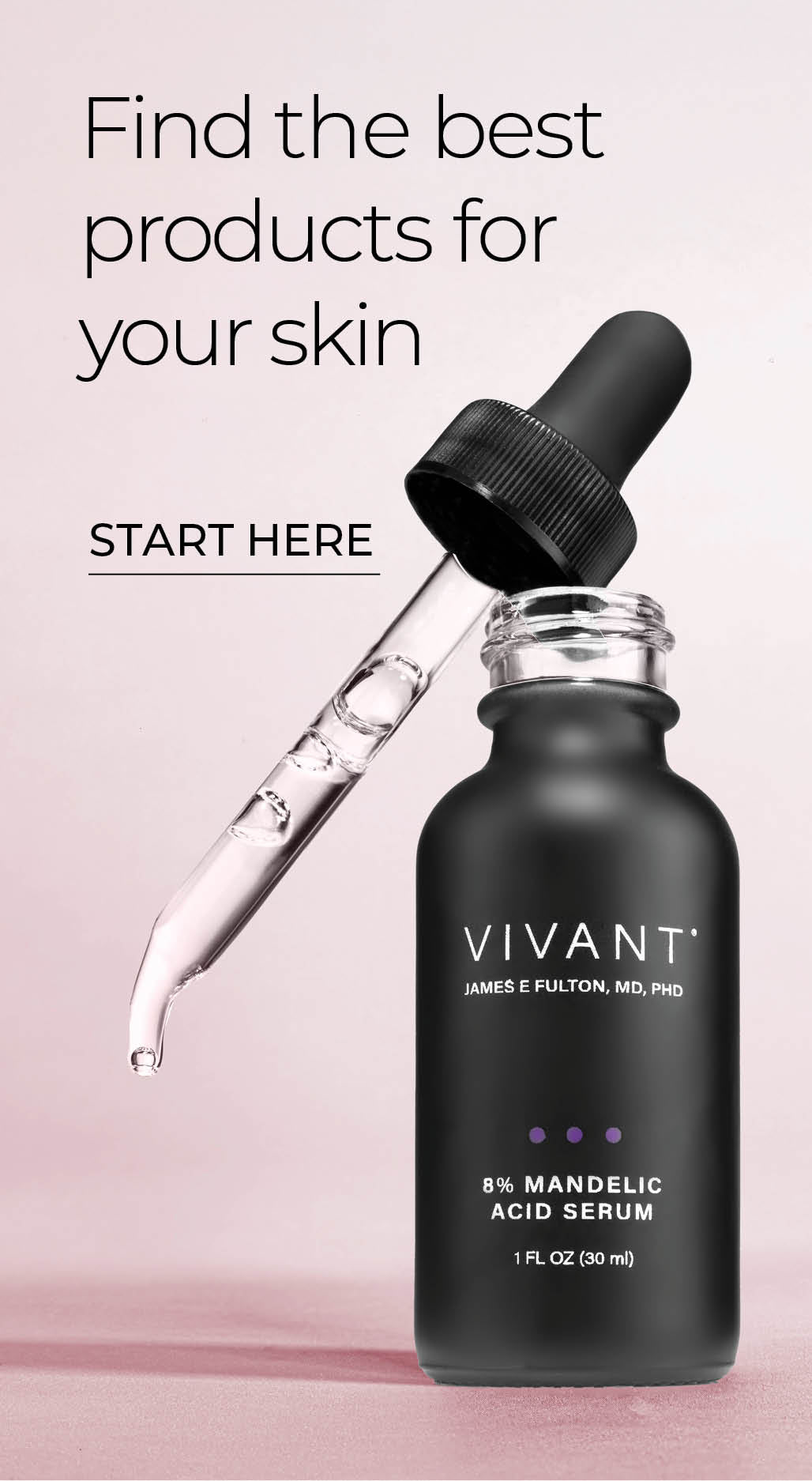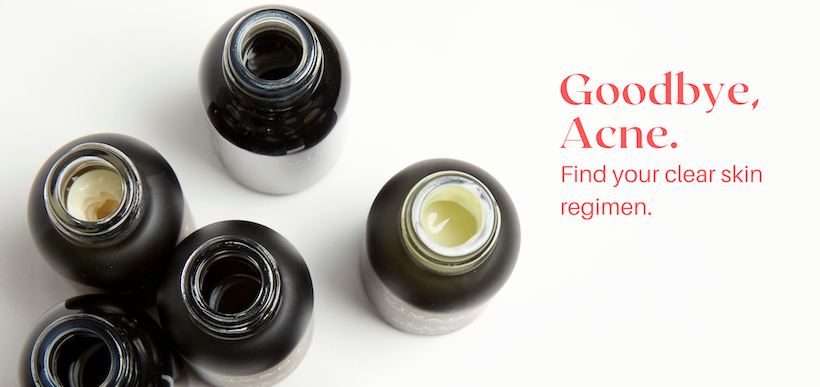The Gold Standards of Skincare Developed by Dr. James Fulton

Table of content
When people talk about gold standard ingredients, the ones that are widely accepted as true changemakers in the skin, they are mainly talking about ingredients developed by James E. Fulton, M.D., Ph.D.
Dr. Fulton, a scientist, biochemist, dermatologist, and cosmetic surgeon, authored more than 300 scientific papers, as well as the definitive skincare text Acne Rx. He’s responsible for some of the most significant advances in modern skincare, and he also happens to be the co-founder and original formulator of the Vivant line.
These are the gold standards developed by Vivant formulator Dr. James Fulton.
Retinoid (Vitamin A)
No ingredient has had a bigger impact on skincare than retinoid (Vitamin A), and it almost didn’t happen. In the late sixties, scientists studying vitamin A acid had given up on its prospects for acne because they found it caused excessive peeling and appeared to flare up acne in the first weeks of use. Dr. Fulton, whose own struggles with acne had made him passionate about finding a solution, realized it was precisely those characteristics that made it work so well. The vitamin A acid peeled the skin’s surface and the lining of the follicle to reverse hyperkeratosis and clear the pore of acne impactions. The peeling was essential to the process, and the flare-ups were temporary as everything was brought to the surface.
Dr. Fulton and his team experimented, revised, and improved, until in 1969, they developed what is now known as Retin-A® The breakthrough introduced a revolutionary approach of topical treatment aimed right down into the pore where acne was forming. In the process, they found that vitamin A had great benefit for treating aging skin as well. Two gold standard treatments in one.
Retinyl Propionate
When first commercially released by Johnson & Johnson, Retin-A® required a prescription. Ironically, the formula, which could only be prescribed for acne, included comedogenic ingredients. Dr. Fulton wanted to find a way to harness the exceptional benefits of Retin-A® without the irritation, keep the formula non-comedogenic, and make it available over the counter for treating both acne and aging skin.
Retinyl Propionate was the result. Dr. Fulton designed Retinyl propionate to be close enough in molecular structure—just three carbon molecules away from retinoic acid (Retin-A®)—to allow it to reach the deeper levels of the skin to bring change that other retinols can’t. And to do it with minimal irritation.
Dr. Fulton’s patented Retinyl Propionate is the closest you can get to Retin-A® without a prescription, and it’s the foundation of Vivant’s vitamin A therapies.
Clinical Mandelic Acid
The introduction of Clinical Mandelic Acid made transformative chemical exfoliation safe for all skin types and tones. This gentle, unique, large molecule AHA quickly improves skin texture by diminishing corneocyte cohesion, regenerating cells, and promoting a finer, more flexible, and better-hydrated corneous layer of the skin without triggering post-inflammatory hyperpigmentation. Clinical Mandelic Acid provides both antibacterial and melanin-inhibiting properties. Pregnancy-safe.
Alpha-Hydroxy Acids + Retinoid (Vitamin A)
Dr. Fulton didn’t invent alpha-hydroxy acids (AHAs). But he was among the first to see their greater potential for skin care. He introduced the practice of combining AHAs with retinoid (vitamin A) for enhanced results. Vivant’s multi-tiered retinoid (vitamin A) corrective serums take advantage of the synergy between AHAs and vitamin A for unmatched transformative results.
Benzoyl Peroxide
This antibacterial, pore-peeling agent has been around in one form or another since 1905. But until 1970, when Dr. Fulton got involved, harnessing its benefits proved difficult. On its own, benzoyl peroxide is unstable. Carriers were greasy, messy, and occlusive, and didn’t deal with the stability issue. The “improvement” saw benzoyl peroxide distributed by pharmacists in a package separate from the carrier to be mixed just before use.
In 1970, Dr. Fulton changed all that when he developed a carrier vehicle in the form of a vanishing gel that kept benzoyl peroxide stable and maximized its beneficial properties, allowing benzoyl peroxide to become the most widely used acne treatment in the world today.
Topical Erythromycin
Oral antibiotics were a mainstay of acne treatment from the 50s through the 70s despite the fact that they were minimally effective and produced some unpleasant side effects. Dr. Fulton felt the antibiotic would be more beneficial applied to the skin where it could reach its target while minimizing side effects. In 1970, Dr. Fulton developed the gold standard topical erythromycin, reversing decades of dermatological theory.


Comments